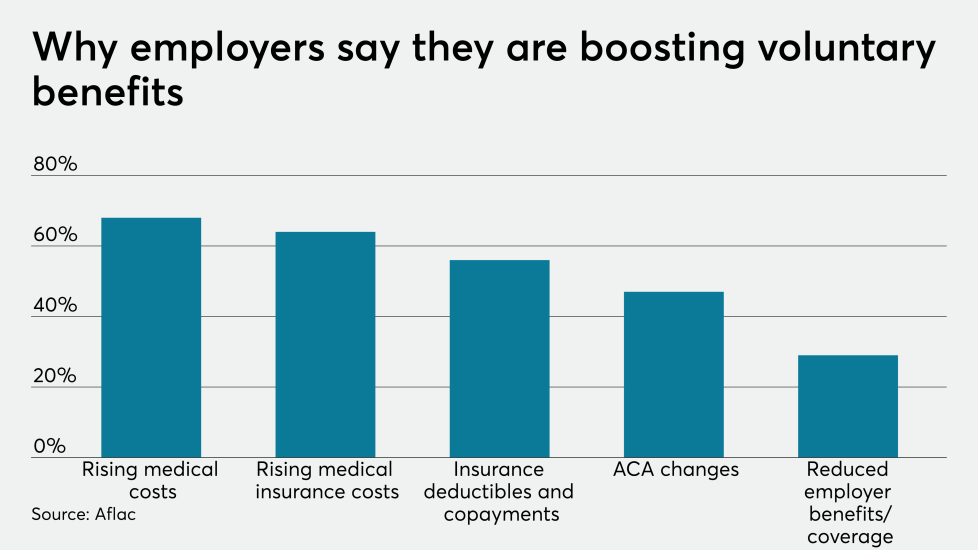Is a bigger pay packet or a rich benefits package more apt to win and retain the best employees?
In the talent wars, higher salaries are no longer the motivator they once were,
However, with millennials making up at least 75% of workers, priorities have shifted and many employers are falling behind in tailoring their perks for a profoundly changing workforce.
While the traditional trio of coverage — medical, dental and vision — remains relevant, 71% of workers looking to change jobs in 2019 said more extensive benefits would increase job satisfaction. For employers seeking to attract top talent, therefore, the main imperative must be contemporizing and broadening their range of benefits.
Here are five new offerings that could make the difference.











